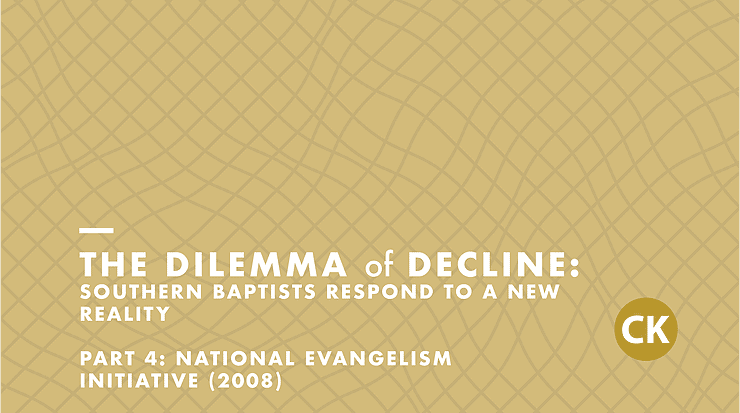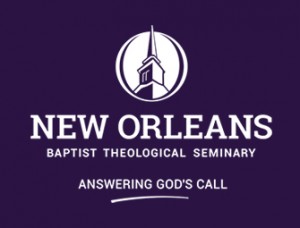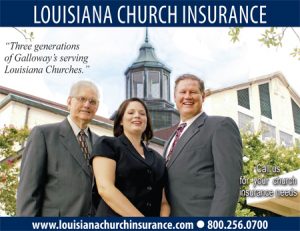By Dr. Chuck Kelley
In 1906, the SBC voted to create a Department of Evangelism to be placed under the umbrella of the Home Mission Board (now North American Mission Board). Its purpose was to provide encouragement, strategies, and resources for evangelism to Southern Baptist pastors and churches. From that day until this, the Convention has expected the North American Mission Board to take the point in promoting evangelism in Southern Baptist life. In the face of growing decline and perhaps in part as a result of the enormous attention to evangelism created by SBC President Bobby Welch, NAMB prepared what was intended to be a massive evangelism initiative involving every level of the SBC. In the words of NAMB president Geoffrey Hammond to the 2008 SBC meeting: “This National Evangelism Initiative is a huge task, and we are praying that this will be a part of a Great Commission resurgence” (Annual of the Southern Baptist Convention, 2008, p.184).
God’s Plan for Sharing (2008)
Through the years, the Board perfected ways to mobilize SBC churches for national evangelism campaigns with significant success. All those lessons learned were incorporated into an effort to create the largest and most comprehensive evangelism initiative in SBC history. It was called God’s Plan for Sharing (GPS). Working through multiple planning groups including representatives from every state convention and various SBC pastors and leaders from each region of the country, a strategy to involve SBC churches in reaching all of North America was developed around a simple goal: Every Believer Sharing and Every Person Hearing. There were four basic components:
Pray: Every church praying for lost people
Engage: Every believer sharing as a trained witness
Sow: Every lost person receiving a witness
Harvest: Every church harvesting and celebrating every salvation response
The initiative was to launch in 2008 and continue through 2020. Materials and resources for each of the four components were prepared and field-tested in English, Spanish, Korean, and Chinese. Pilot programs of the strategy were tested in a variety of churches across the nation, resulting in a small bump upwards in baptisms during the pilot year. Every state convention committed to participate in the initiative. However, the election of new presidents to both the Convention and the North American Mission Board, although unrelated events, created a disruptive effect on the evangelism initiative.
Newly elected SBC President Johnny Hunt appointed a task force to plan a Great Commission Resurgence without publicly directing them to incorporate the GPS initiative already prepared and beginning to launch. New NAMB President Kevin Ezell made church planting rather than direct evangelism the focal point of NAMB’s strategy, resulting in a significant shift of funding, personnel, and promotion away from the evangelism initiative. The evangelism team that developed the initiative was dismantled. The state conventions moved much of their funding and plans for participation to the back burner because their plans were disrupted by financial concerns growing out of discussions to eliminate or significantly alter the Cooperative Agreements between NAMB and the states along with other changes to the CP funding distribution process. The resulting climate of uncertainty proved incompatible with an initiative based on cooperative, coordinated evangelism strategies. To a limited extent, God’s Plan for Sharing continued to unfold, but as a shadow of what the initiative was intended to be in Southern Baptist life. GPS was not mentioned in the Great Commission Resurgence proposals, and in following years it became “small print” in reports of the strategic plans of NAMB to the SBC. As a result, what was intended to be a massive evangelism initiative had no observable impact on Southern Baptist decline. My next blog will examine the Great Commission Resurgence.
Pastor’s Take Away: Action plans and strategic initiatives without a consistent connection to pulpit and platform leadership have a reduced likelihood of success in Southern Baptist life. When in the process of strategic planning for your church, think through how you will connect your preaching to those plans in order to further explain, support, and seek engagement with those plans by the congregation. A change in leadership can have a disruptive effect on action plans, no matter how carefully those plans are prepared.





